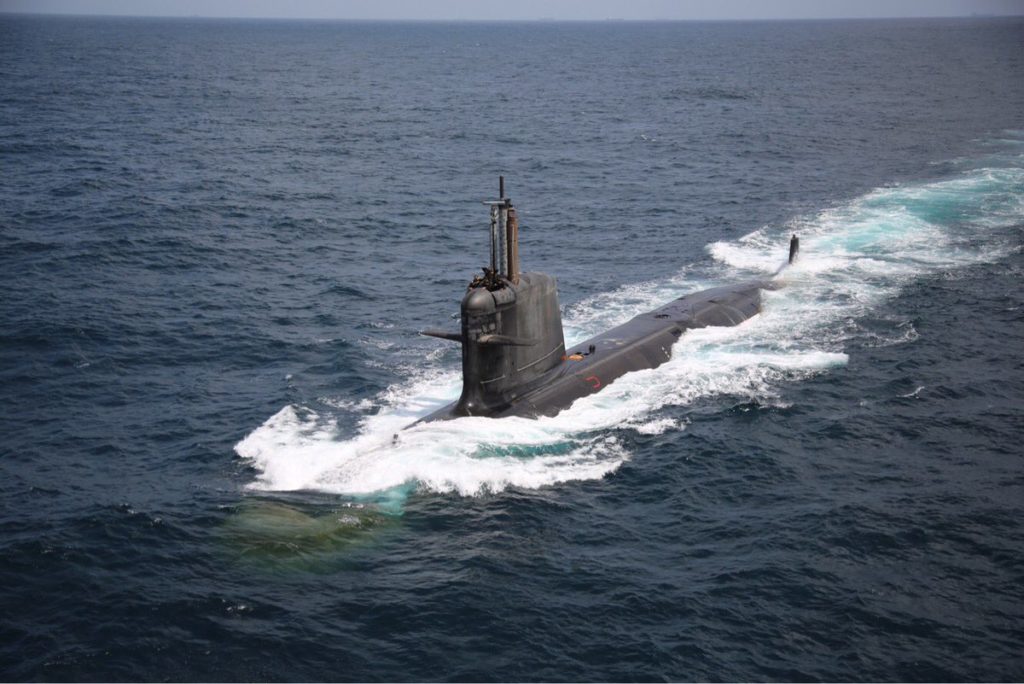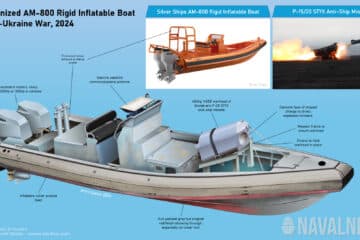Local defense media DefenseRomania broke the news last week following an exclusive interview with Vasile Dîncu, Romania’s defense minister: The procurement plan of the Romanian Armed Forces includes French Scorpene submarines and French helicopters. The minister added that a letter of intent was signed with the French Minister of Defense in this regard.
“We have signed a letter of intent with the French Minister of Defense for a future project for which we have already started the steps to take it to the Parliament. This is a project related to Scorpene submarines and helicopters. It’s a letter of intent I made with the French government. We are considering this program in the future, which we are trying to substantiate “
Romaniian Defense Minister Vasile Dîncu, in an interview for DefenseRomania.
The announcement follows the LOI signed signed on 15 June 2022 by both parties. A French MoD statement released at the time said:
“This letter of intent marks the desire of our two countries to cooperate in the naval field. In the current strategic context, Romania wishes to develop its naval capabilities by relying on French industrial know-how and the operational credibility of our Navy”.
Contacted by Naval News, Naval Group, the designer and producer of the Scorpene submarine, didn’t wish to comment the new information.
The Romanian Navy (Forțele Navale Române) has maintained a submarine force since World War II and is therefore familiar with submarine operations in the Black Sea. However, the single submarine currently in its fleet, Kilo-class submarine Delfinul, has been inactive and kept in reserve for over 20 years.
Romanian Submarines: Impact on the Black Sea region

To shed light on the possible impacts such a procurement could have in the Black Sea region, we reached out to Hugo Decis, Research Analyst at the International Institute for Strategic Studies and expert in naval affairs and maritime secutiry topics.
Naval News: What implications would a submarine deal have for France, for Romania and for the Black Sea region ?
Hugo Decis: Beyond the historical ties that exist between France and Romania for a variety of reasons, the prospect of a submarine deal between the two countries would confirm that the bilateral relationship between them has reached a new level following the Russian invasion of Ukraine.
France’s ability to quickly provide troops to the defence of Romania has marked it as a valid and trustworthy ally, which may in turn up the value of France’s offers with regards to defence exports. France, of course, would benefit from securing yet another deal in Europe, a region in which it has historically struggled to export armament despite recent successes.
As for Romania, the prospect of receiving modern assets would largely benefit its navy’s capabilities after years, if not decades, of decline in capabilities. Last but not least, the prospect of seeing more NATO submarines operate in the Black Sea would overall benefit the Alliance’s stance in the region and reduce its dependence on Turkey, a country that has recently proven largely unreliable and alienated most of its NATO partners.
Naval News: Why would a new submarine for Romania be more of a “game changer” compared to the corvettes they are planning to procure or coastal missiles (for example) ?
Hugo Decis: This question is difficult to answer while we lack details on the submarine(s) sensors suite and weapons fit. To stick to generalities, a Romanian submarine operating in the Black Sea would be a relevant platform from which to collect data and intelligence on Russian operations in the region, track specific assets and overall contribute to the country’s conventional deterrence by denying Russia and Turkey a complete monopoly on the local underwater domain. The local balance of powers would of course remain firmly in Russia’s favor, but the presence of yet another NATO sub in the Black Sea would have to be taken into account when designing and performing local naval operations. This does not mean that Romania should look the other way with regards to land-based anti-ship missiles (AShM) however. In effect, Romania will have to balance out multiple requirements with the financial means at its disposal to better reinforce its armed forces’ capabilities.
Naval News: On the other hand, isn’t the procurement of a small number of submarines (one, two maybe three) making them priority “high value” targets for the adversary ? How could Romania address this issue ?
Hugo Decis: These assets would become high value targets in most scenario involving a clash between Romania and Russia. This would make Romania’s main naval base in Constanta a particularly valuable location to defend from a variety of threats, most of them primarily airborne and seaborne and should, in my opinion, kick-start the process of planning for the worst-case scenario, even as a clash between Russia and NATO appears unlikely.






